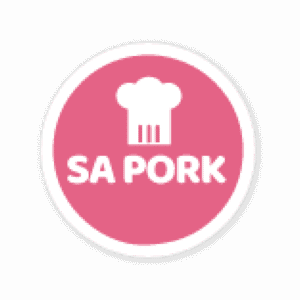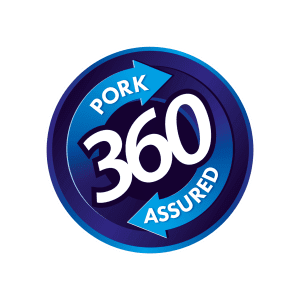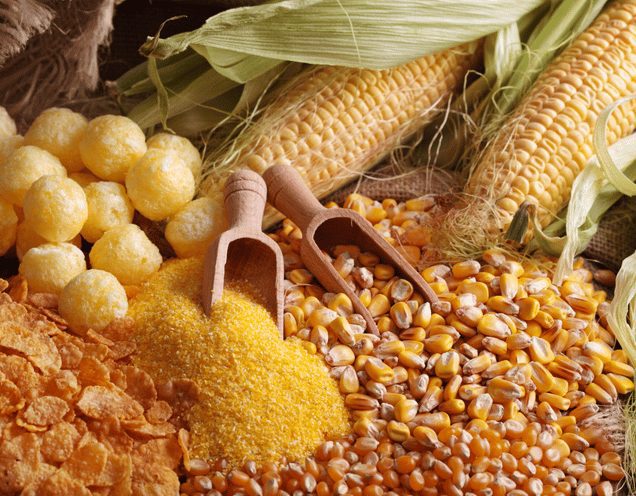Prof Johan Willemse, SAPPO News April 2021, photo credit: Days of the Year
South Africa is harvesting a large maize crop (15,9 million ton) with exportable surplus and a new record soybean crop (1,7 million ton). Local soybean prices increased by 53% compared to a year ago and the yellow maize price increased by 32% compared to a year ago. Given the relative large local feed grain crops, the question is what is driving prices and what is the outlook for the next few months?
The graph below gives a summary of local and USA maize price increases, as well as for soybeans, with the Rand/USA dollar exchange rate. This strengthened by 24% since end of April 2020 (at the start of the Covid-19 lock down).
Agri commodity super cycle?
International grain market analysts are brave enough to wonder about an agricultural super cycle for the next few years, driven by a few important factors.
• Stocks of large grain exporting countries have fallen rapidly during the past year to a seven-year low. These include the USA, Brazil, Argentinian and the Black Sea exporting countries.
• China is importing feed grain and soybeans on a vast scale and this increased significantly during the past two years. China is rebuilding its pig herd after the ASF culling from roughly 500 million down to an estimated 300 million two-three years ago. The difference is that the new herd building is taking place in new modern facilities with strict bio safety, away from backyard herds. This requires large imports of commercial quantities feed grain.
• Agricultural production cannot expand rapidly in the short run, so it will take a couple of years to rebuild stocks (given normal weather) in the large grain/soybean export countries.
• Adverse weather conditions in South America reduced crops and the second Brazilian maize crop is stressing with insufficient rain. In the USA, where the planting season is in progress, insufficient rain and late frost/snow delayed plantings in large areas with dry soils. This has put markets on edge during the past two weeks with rapid price increases on Chicago Board of Trade.
• A number of countries moved to protectionist policies, reducing grain/oilseeds exports, with export taxes and limits on quantities to export. Others are stockpiling grains after the Covid-19 supply chain disruptions. International agricultural prices increased significantly according to the FAO (25% since March 2020 to March 2021), fuelling food inflation in food importing countries.
• International freight rates doubled over the past year, with containers in wrong places and a strong demand for shipping space as world economies rebuild stocks after the Covid-19 lockdown and supply chain disruptions.
• Trillions of USA stimulus dollars in the USA are looking for yields, with the USA interest rate near zero, with USA share prices at scary record high levels. Speculators entered the grain markets in Chicago and are net buyers of grain futures during the past few weeks.
Read more
The South African Pork Producers’ Organisation (SAPPO) coordinates industry interventions and collaboratively manages risks in the value chain to enable the sustainability and profitability of pork producers in South Africa.








